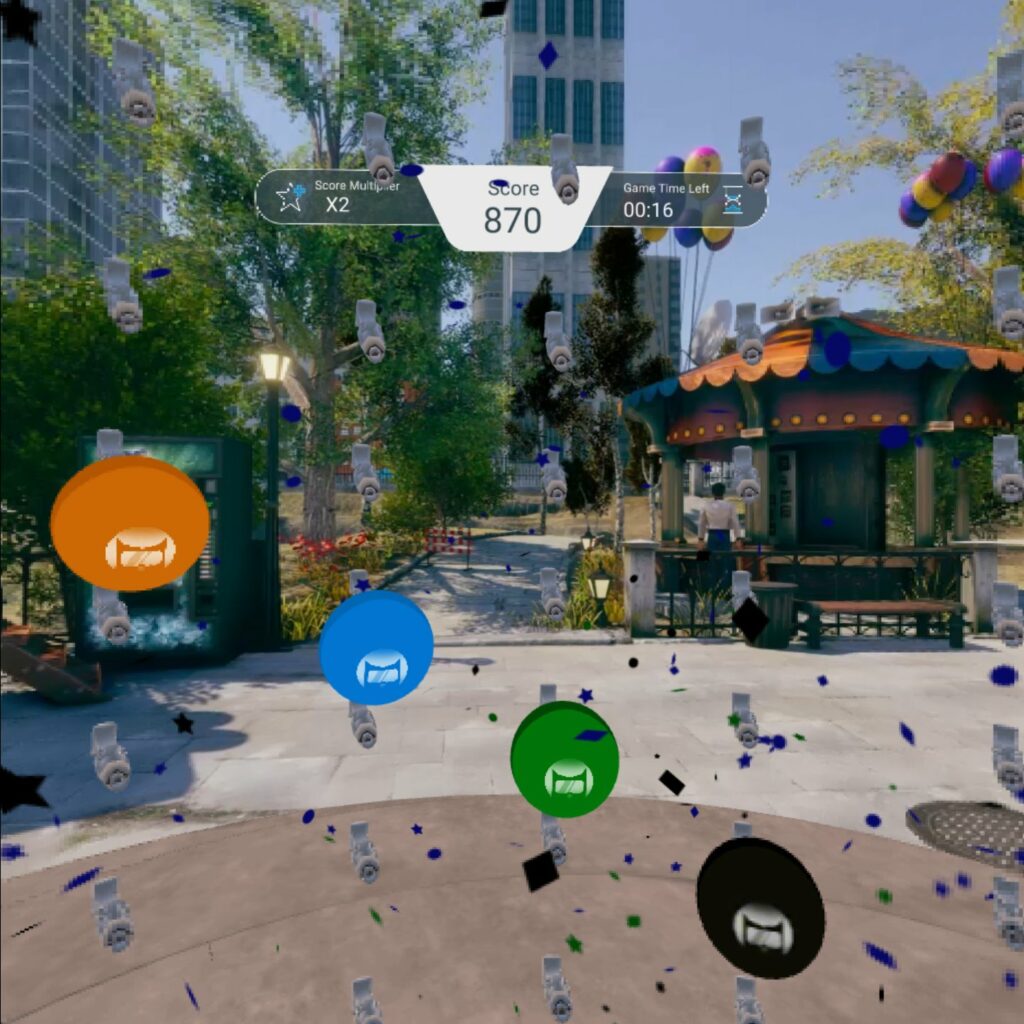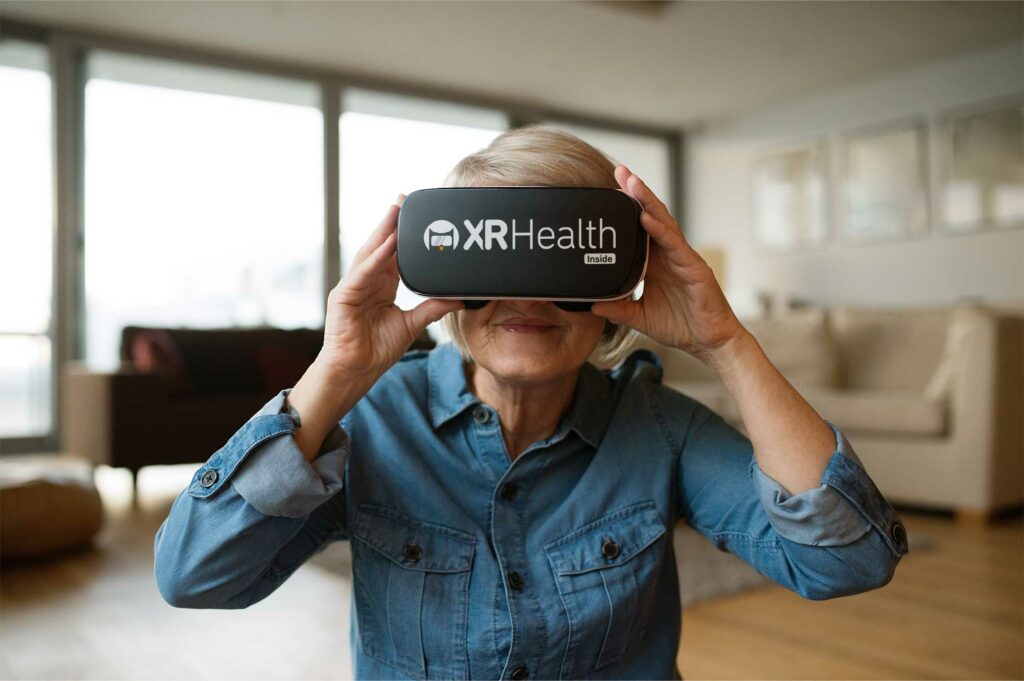Working from home, and feeling your spine creak every time you pull out your laptop? We’ve got some tips to help you get more comfortable and improve your working from home ergonomics.
What are we aiming for?
The general rule for sitting properly at your desk/workstation is maintaining a 90 degree bend in your arms through to your keyboard, with relaxed shoulders. You may find it more comfortable to lean back slightly, but you should always try to keep your feet on the floor.
You should also be able to look directly at your computer screen with no up or down angles.
Of course, with an unlimited budget, you can purchase fancy chairs and sit/stand desks that can be adjusted to suit you perfectly. But for those of us watching the bank balance, there’s still some things you can do to set up a decent space at home.
How do we achieve it?
Start with your chair. It needs to be a comfortable, solid chair that you can sit in without too much discomfort. A desk/office chair is ideal, so that you can adjust the height to suit your desk. Worst case, you can also add a pillow or cushion to the seat of the chair to help with height and comfort.
The next step is setting up your computer or laptop screen so that it’s at eye-level. If you can’t adjust it, a monitor stand is ideal but if you’re on a budget, you can use some books, a box, or some other prop underneath to get it to the right height.
Check your keyboard. If it’s relatively flat, then you should be okay with your wrists resting on your desk/table. However if the keyboard is raised slightly, you may need to add a rolled up towel or similar under your wrists to support them as you type.
Finally, if you’re taking lots of phone calls on your mobile, it’s great to use headphones or a headset so you’re not constantly holding your phone up to your ear.
What else can we do?
Beyond your workspace, it’s important to also enjoy regular rest breaks and opportunities to move and stretch.
If you’re taking a phone call, it can be helpful to stand up and walk around.
If you’re making a coffee, it’s a great chance to stretch your legs and do some light exercises.
If you’re watching a video or reading, you can do some wrist stretches and exercises.
And of course, if you’re feeling a bit sore or need some help treating your aches after a long day at work … you can meet with one of our physiotherapists!






